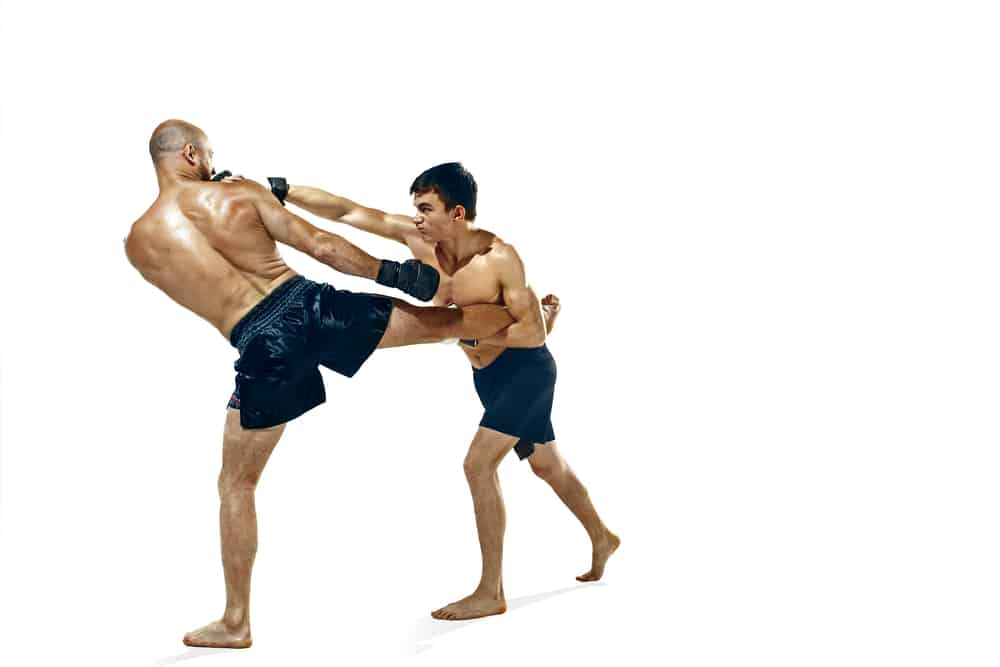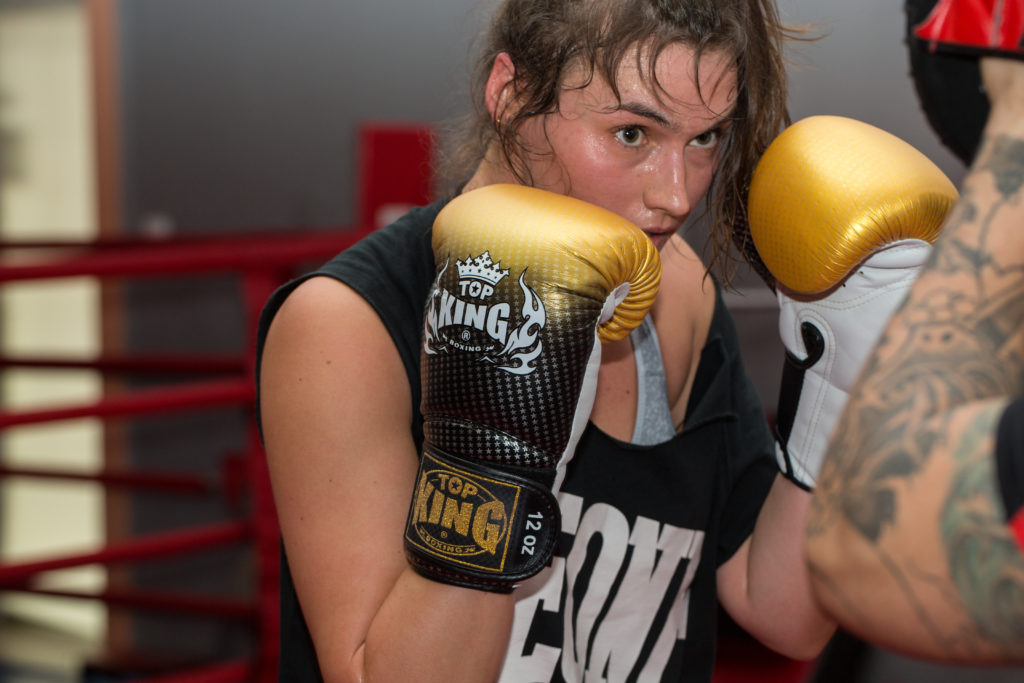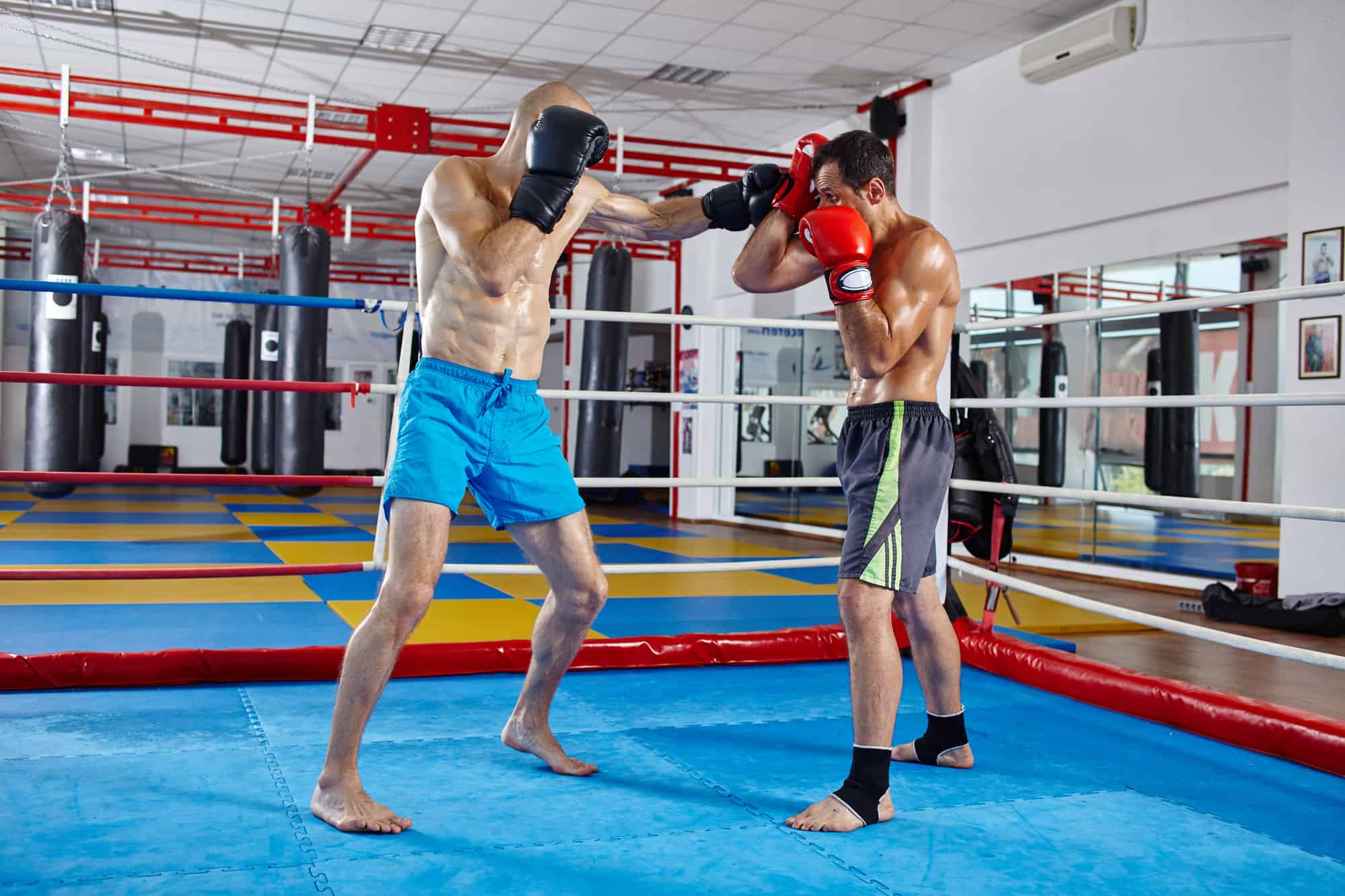What is the difference between kickboxing and boxing when it comes to combat sports as well as self defense or real world combat?
To the majority of the world’s population i.e those who are untrained and unfamiliar with combat aports and martial arts kickboxing and boxing look very similar.
Both use gloves and are fought in a boxing ring with a referee and have timed rounds.
And both involve two combatants trying to knock each other out or cause enough pain and damage to their opponent to make them quit.
But if you take a closer look there is definitely a difference between kickboxing and boxing with the most obvious being that boxing uses the hands and punches exclusively while kickboxing includes the use of kicks and knees as weapons of attack.
But the reasons why kickboxing and boxing look so similar, especially to those unfamiliar with combat sports, is that they both are influenced by the Marquess of Queensbury Rules that were drafted in 1865 and are widely accepted as the rules in modern day boxing and kickboxing today.
Kickboxing Includes Punches & Kicks
As stated, probably the main difference between kickboxing and boxing is the use of kicks and knees by kickboxing.
Then again there are quite a few different styles of kickboxing such as American Kickboxing, Japanese kickboxing, Dutch kickboxing, French kickboxing or Savate and probably the most iconic style which is Thai style or Muay Thai.
Even within each of these different ‘styles’ of kickboxing there are differences in rules as well as weapons and techniques.

For example, muay thai includes the use of elbows and leg kicks as well as knees and also a very well developed ‘clinch’ aspect or stand up grappling.
While other styles of kickboxing such as American kickboxing originally did not allow leg kicks nor elbows.
And the French style of Savate does not use knee techniques at all. And only uses kicks that strike with the foot/ball of the foot.
While in muay thai the famous roundhouse kick makes use of the shin to strike an opponent.
But pretty much all kickboxing styles make use of boxing punches including Straight punches (Jab, Cross), Hooks and Uppercuts.
So in short, it can be said that kickboxing makes use of a wider range of attacks while also utilising pretty much all of the punching techniques that come from boxing.
Boxing is Much Older than Kickboxing
If we are talking about modern day combat sports, then boxing is considerably older than kickboxing.
And while the styles that kickboxing originate from (such as Karate and Muay thai) are ancient styles themselves, modern day kickboxing as it is recognised today did not begin much earlier than the 1960s.
Without getting into too much of a history lesson on the development and origins of kickboxing, it basically came about from the merging of styles including muay thai, karate, taekwondo and Western boxing.
You can read more about the origins of Kickboxing (specifically Japanese and Dutch kickboxing) in a post I wrote “Kickboxing vs Muay Thai – The Origins of Kickboxing”

Two of the most popular ‘styles’ of Kickboxing; K-1 and Dutch kickboxing originated from the Kerate vs Muay thai matches in the 1950s/60s where Japanese karateka decided to learn muay thai and infusing other styles like Western boxing with their Karate.
This style then went on to become popular in the Netherlands.
Boxing or modern day boxing as recognized in the world today, on the other hand can said to have begun in the 19th century with the drafting of The Marquess of Queensberry Rules, also known as Queensbury Rules, are a code of generally accepted rules in the sport of boxing in 1865.
Ancient Boxing
Boxing or combat between two fighters that is limited to punches can also be traced back to Ancient times.
Ancient Mesopotamian reliefs from the 3rd millennium BCE depict scenes of people engaging in combat with their fists, suggesting that boxing-like contests were already taking place during that time. Ancient Egyptian hieroglyphics and art also depict boxing-like activities.
The Greeks made significant contributions to the development of boxing as a formalized sport.

They introduced rules, such as the use of hand wraps (called himantes), the prohibition of hitting below the belt, and the establishment of weight classes. Boxing was included in the ancient Olympic Games, starting in 688 BCE.
Boxing continued to evolve throughout the centuries, with different regions and cultures adopting their own variations of the sport.
It gained popularity in England during the 17th and 18th centuries, with the establishment of boxing clubs and the introduction of modern boxing rules.
Queensbury Rules of Boxing – Impact on Kickboxing
The Marquess of Queensberry rules are a set of boxing rules that were established in 1867. They are named after John Douglas, the 9th Marquess of Queensberry, who played a significant role in their development.
These rules formed the foundation for modern boxing and are still widely used today and they are:
Gloves: The rules introduced the use of padded gloves in boxing matches. The gloves help protect the fighters’ hands and reduce the risk of injury.
Weight Classes: The rules established weight divisions or classes to ensure that boxers compete against opponents of similar size and weight. This helps to promote fair and competitive matchups.
Rounds: The rules introduced the standard duration for rounds in a boxing match. Initially, it was set at three minutes with a one-minute rest period between rounds. This format is still followed in modern boxing, although some variations exist depending on the level and type of competition.
Ring and Boundaries: The rules defined the dimensions of the boxing ring, including the size and layout. The ring must have specific measurements, such as the diameter and height of the ropes. The boundaries of the ring are demarcated to ensure a controlled space for the fight.

Prohibited Techniques: The Marquess of Queensberry rules introduced several restrictions on certain techniques and actions in boxing matches. For example, hitting below the belt, hitting opponents when they are down, and using head butts or strikes with any part of the arm other than the closed fist are prohibited.
Referees: The rules specified the role of the referee in overseeing the match, maintaining order, and ensuring the safety of the fighters. The referee is responsible for enforcing the rules, making decisions on fouls, and stopping the fight if necessary.
The Marquess of Queensberry rules brought about significant changes to the sport of boxing, establishing a safer and more regulated framework for competition.
These rules helped shape the modern sport of boxing and are still considered the standard guidelines for professional and amateur boxing matches.
Kickboxing and Boxing Rules
From looking at the Queensbury Rules of boxing above we can see why boxing and kickboxing do look so similar in many ways.
This is because the Queensbury Rules have largely been adopted in Kickboxing competition also.
These rule sets are what influenced the development of modern day muay thai from the old style Siam boxing competitions where boxers wore rope wraps instead of gloves and fights were not broken into rounds.

The Queensbury rules are the main basis for many kickboxing promotions in the world today especially the use of gloves, weight classes, rings and boundaries, prohibited techniques such as not striking a downed opponent/striking below the belt and referees.
Another important Marquess of Queensbury rule that is implemented across all kickboxing competitions and promotions is the referees 10 count for a knockout or KO.
Under the original Marquess of Queensbury rules, if a boxer is knocked down and cannot rise before the referee counts to 10, the bout is considered a knockout and the fighter who delivered the knockdown blow, considered the winner by KO.
The Difference Between Kickboxing and Boxing – Final Thoughts
So, it is clear that the main difference between kickboxing and boxing is the use of kicks as well as knees and elbows in some styles of kickboxing such as muay thai.
But the reason that boxing and kickboxing look so similar is the use of the Marquess of Queensbury Rules or Queensbury Rules established in the late 19th Century.
The Queensbury rules are generally accepted across all modern day boxing competitions as well as kickboxing promotions today and include the use of gloves, weight classes, timed rounds, referees and the 10 second count/knockout rule.
The Queensbury rules also striking a downed opponent and strikes to the groin which are also a major part of kickboxing’s prohibited rules as well.



